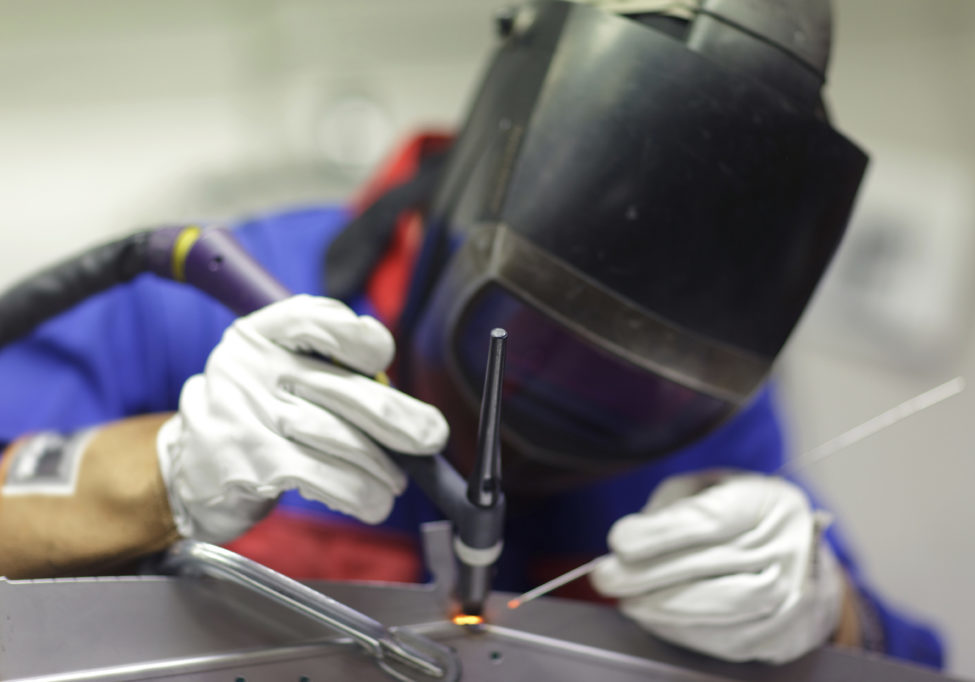Arc welding (stick)
Arc welding is the process of joining 2 metals together using an electrode as the filler rod, and an electric arc to melt the metal. Arc welding or “stick welding” as it’s referred, uses a flux covered rod to weld with. Flux is a chemical coating that’s used when welding to protect the liquid weld puddle from atmospheric gases like nitrogen and oxygen. If you attempt to arc weld without a flux covered welding rod your welds will come out weak and full of porosity. “Porosity” is when you get lots of holes in your weld from not having an atmospheric shielding agent like flux when welding. You can weld many different metals with an arc welder. For instance, you can weld stainless steel, bronze, aluminium, mild steel, and cast iron. You just have to make sure you’re using the correct stick electrode for whichever metal you’re welding. If you’re welding steel then you will use a steel electrode, and the same goes for every type of metal you’re welding. The process of welding with an arc welder starts by choosing the correct electrode. Once the electrode has been chosen, the next step is to ground your work piece. The weld cannot begin until you’ve grounded the work piece with your ground clamp. Now you can turn on the machine, set your machines output level, and strike the arc. Once the arc is started you will see a molten puddle form. Your job is to control this puddle and make it go where you want it to. Since you’ll just be learning, it’s important to practice running many weld beads in the flat position before you attempt to make any weld joints.

